The Giant Ginkgo Tree, scientifically known as Ginkgo biloba, is a captivating and mysterious species of tree that has graced our planet for millions of years. Native to China, this extraordinary tree has found its way into various parts of the world, including the United States, where it is treasured for both its visual allure and its medicinal properties.
Unveiling the Traits of the Giant Ginkgo Tree
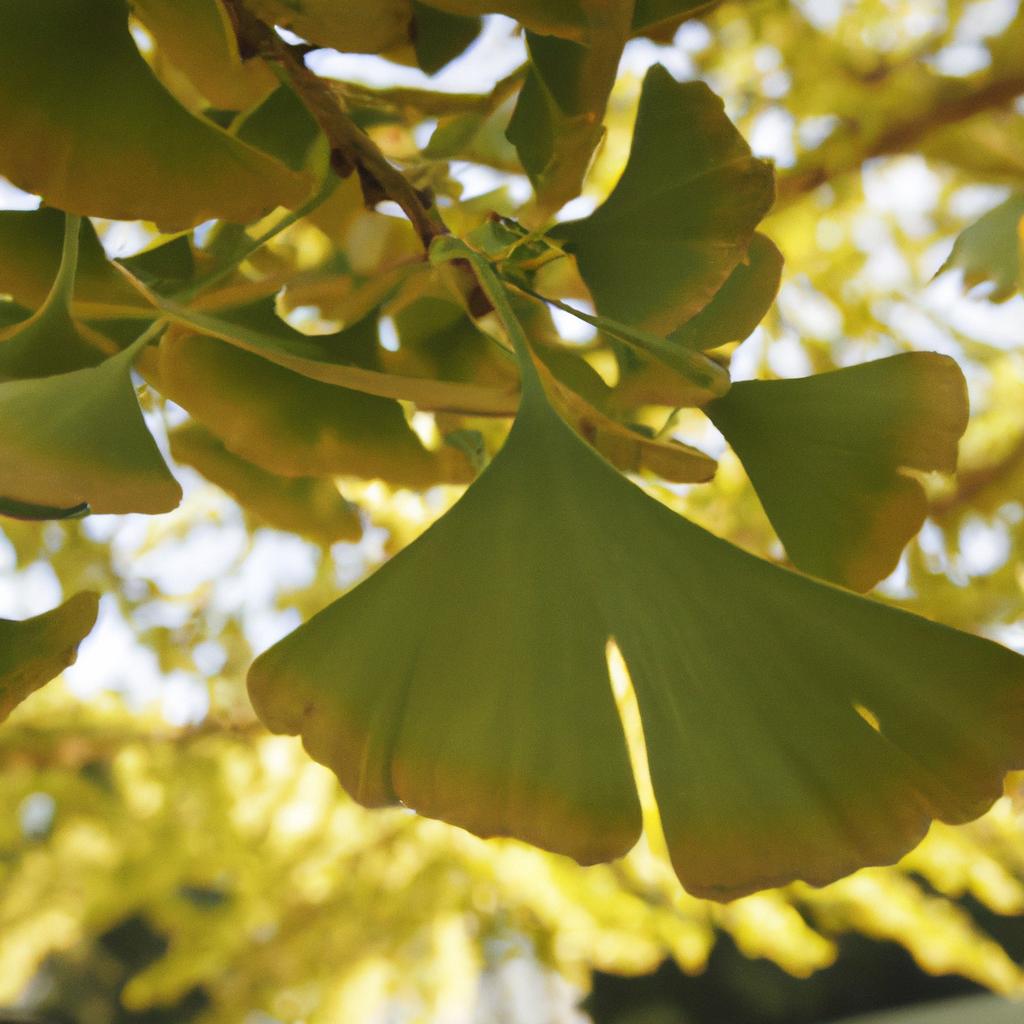
Standing tall at heights of up to 40 meters and spanning an impressive 9-meter width, the Giant Ginkgo Tree is a deciduous giant. Its fan-shaped leaves, donning a vivid shade of green, measure up to 10 centimeters in length. However, what sets this tree apart is its fruit-like seeds, notorious for their unpleasant odor, earning it the charming nickname of the “stinking tree.”
The Giant Ginkgo Tree is nothing short of a living fossil. Having undergone minimal evolution over millions of years, it holds the distinction of being one of the oldest tree species on Earth, with its origins tracing back to the Permian period. Remarkably, fossilized Ginkgo leaves dating back over 200 million years have been unearthed across the globe.
Another notable attribute of this species is its adaptability. The Giant Ginkgo Tree demonstrates resilience, thriving in diverse soil types and climates. Its resistance to pests and diseases further contributes to its appeal, making it a low-maintenance and easily cultivable tree.
Habitat and Global Presence
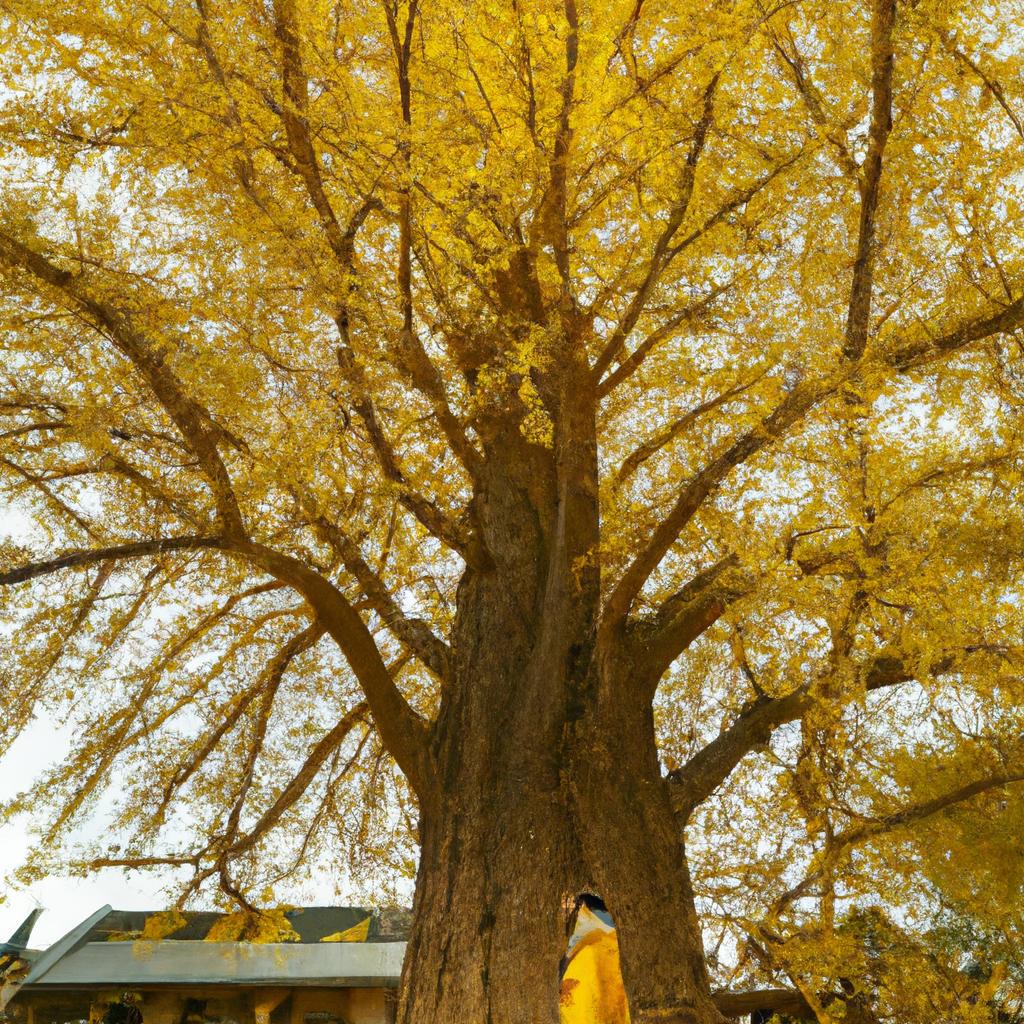
While the Giant Ginkgo Tree originates from China, it can now be found in various regions within the country, including Zhejiang, Anhui, and Jiangsu provinces. Additionally, it has been successfully cultivated in other parts of the world, such as Japan, Korea, and the United States of America.
Thriving in well-drained soil and requiring a moderate amount of water, this tree is adaptable to a range of climatic conditions, including hot summers and cold winters. Its aesthetic value and shade-providing capabilities make it a prized addition to public parks, gardens, and even urban streetscapes.
Cultural Significance of the Giant Ginkgo Tree
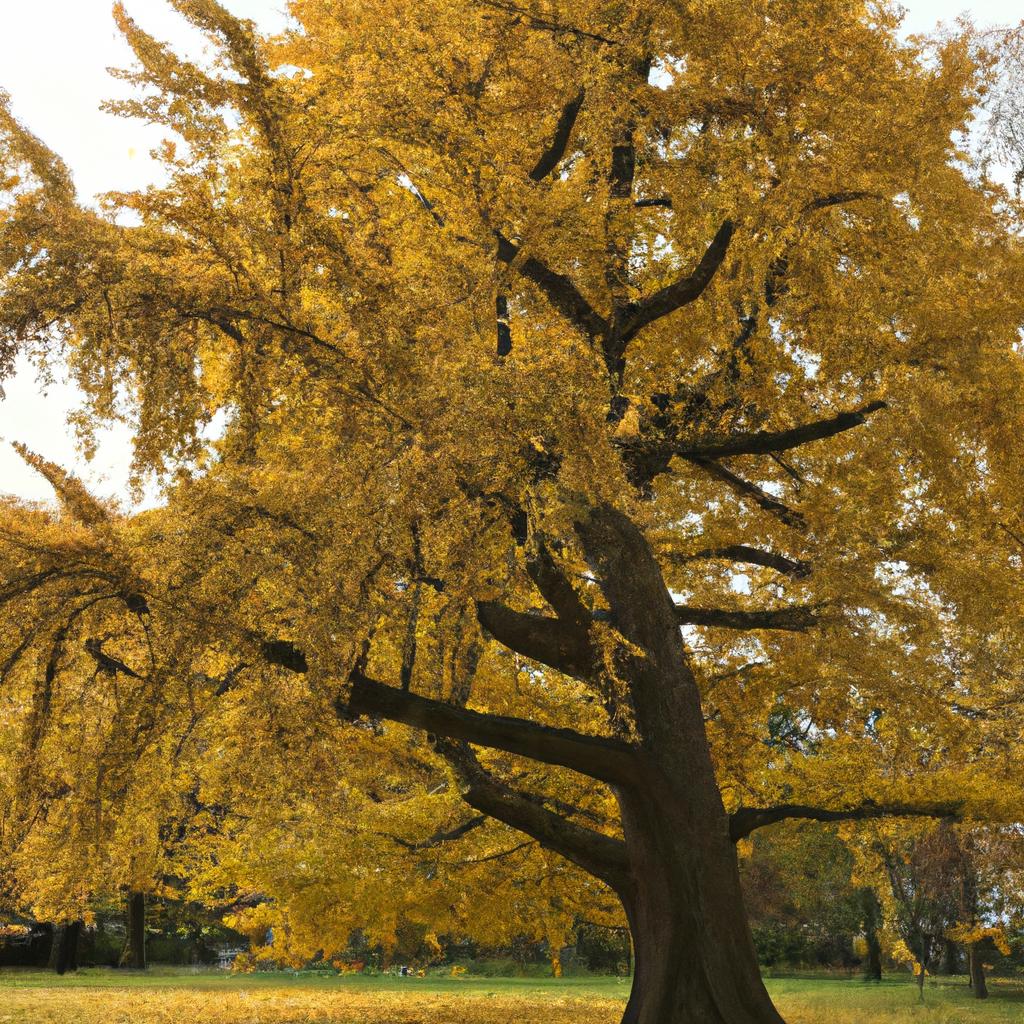
Beyond its striking features, the Giant Ginkgo Tree holds considerable cultural significance. For centuries, it has been an integral part of traditional Chinese medicine, revered as a symbol of longevity. The tree’s leaves are used to brew tea, believed to enhance blood circulation and memory.
Western medicine, too, acknowledges the medicinal properties of the Ginkgo Tree. It is renowned for its positive impact on cognitive function and is often employed in the treatment of dementia and Alzheimer’s disease. The tree’s leaves harbor antioxidants that safeguard the body against harmful free radicals, which can lead to chronic illnesses and cellular damage.
Furthermore, the Giant Ginkgo Tree captivates with its aesthetic appeal. Its unique fan-shaped leaves and distinctive bark make it a sought-after choice for ornamental purposes. Whether gracing public parks or private gardens, this adaptable tree effortlessly enhances any environment.
Preservation Efforts and Challenges Ahead
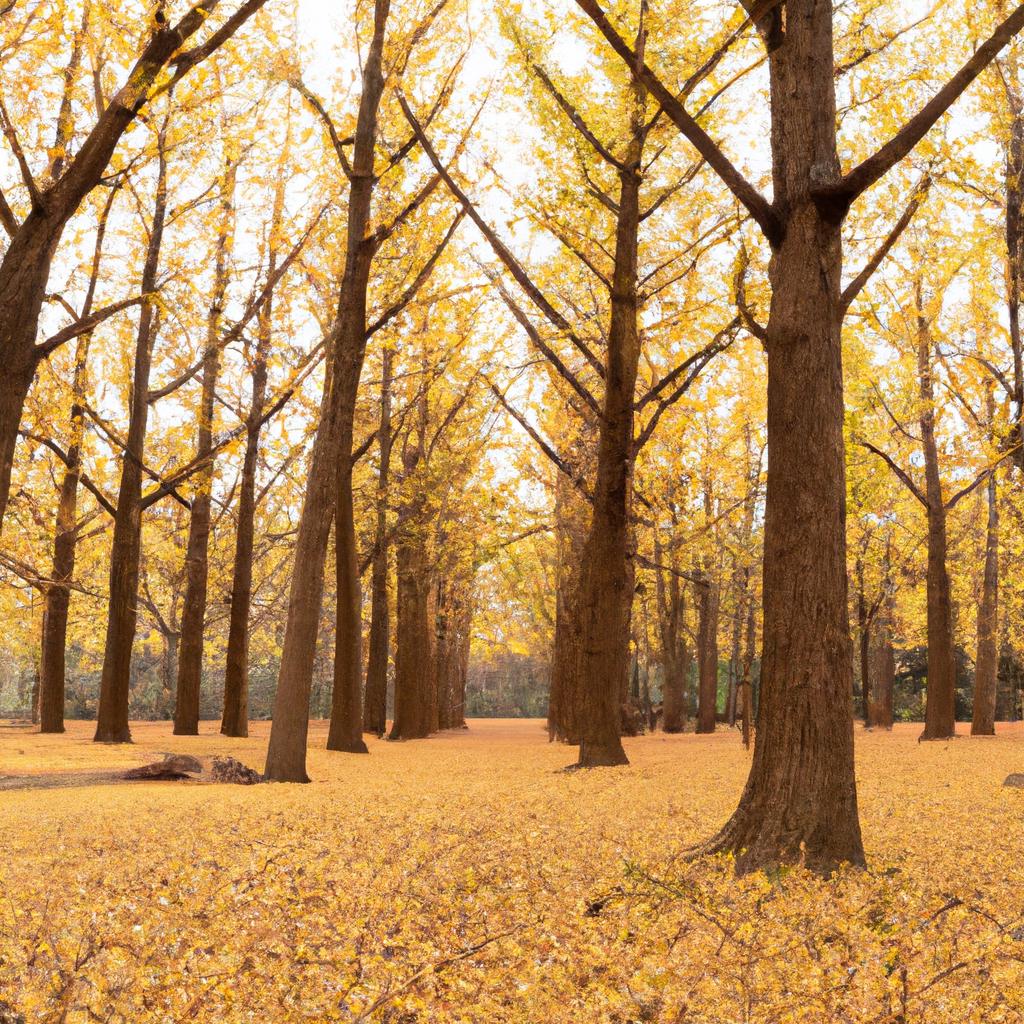
While the Giant Ginkgo Tree boasts resilience, natural and human activities pose significant threats to its survival. Climate change, pollution, and diseases rank among the major natural perils faced by this species. Rising temperatures, a consequence of climate change, have already taken a toll on the Giant Ginkgo Trees’ natural habitats. Pollution, caused by industries and vehicles, also poses risks to their growth and development. Additionally, the devastating Ginkgo Wilt Disease has claimed the lives of numerous Giant Ginkgo Trees.
Human actions pose their own set of challenges, including deforestation, logging, and urbanization. Particularly in China, where the tree holds immense medicinal value, deforestation and logging activities pose grave risks to its existence. Urbanization, on the other hand, threatens the tree by encroaching on its natural habitats.
Thankfully, efforts to protect and conserve the Giant Ginkgo Tree are underway, both in China and across the globe. Chinese authorities have implemented laws governing the harvest and trade of these precious trees. The establishment of protected areas further ensures their growth and preservation.
Internationally, organizations such as the International Union for Conservation of Nature (IUCN) are actively involved in safeguarding the future of this species. Their initiatives include mapping the tree’s distribution, monitoring its population, and promoting sustainable practices for its survival.
Embracing the Enigma of the Giant Ginkgo Tree
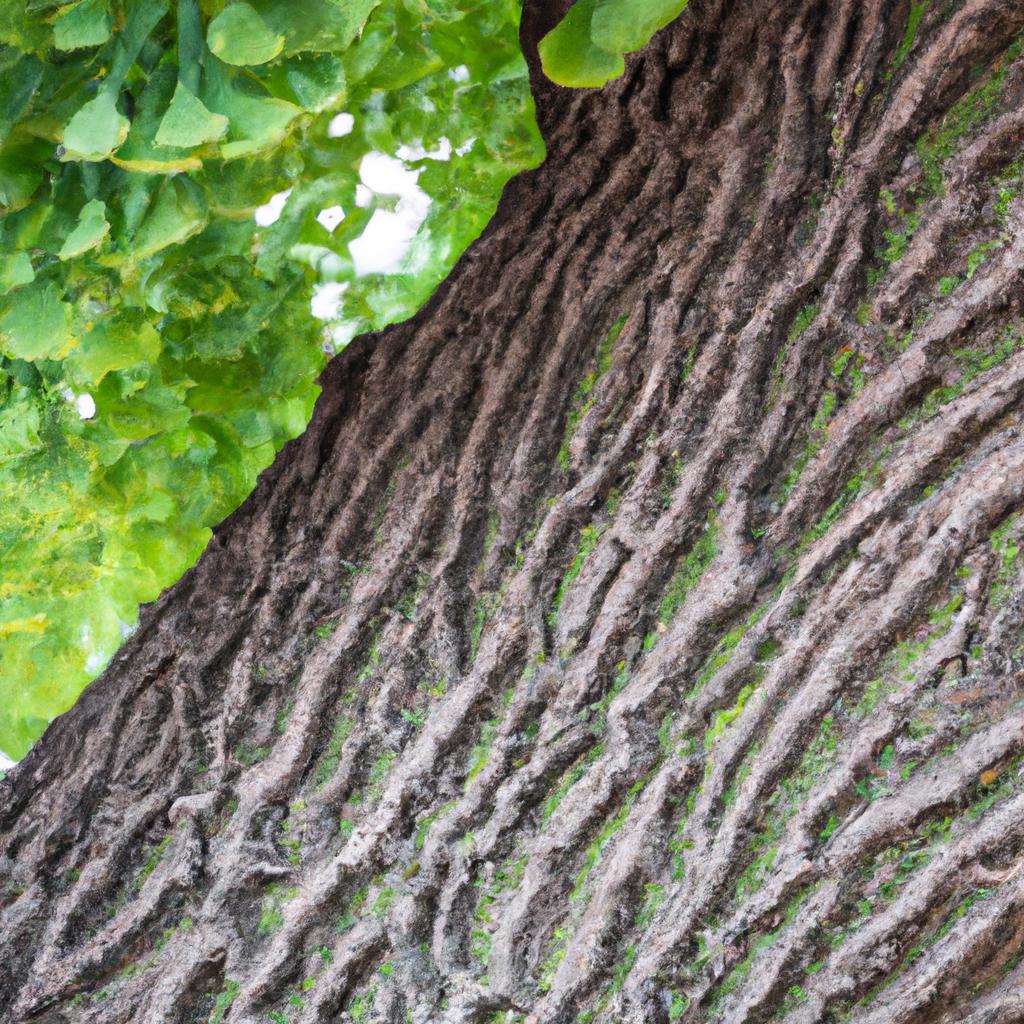
The Giant Ginkgo Tree remains an enigmatic marvel that has withstood the test of time. Its remarkable traits and medicinal properties continue to captivate individuals worldwide. Nevertheless, it is imperative that we address the challenges posed by natural and human activities, actively supporting conservation efforts to safeguard the future of this remarkable species. As we gaze towards tomorrow, let us celebrate and nurture the Giant Ginkgo Tree, a symbol of biodiversity and a testament to the resilience of nature.



